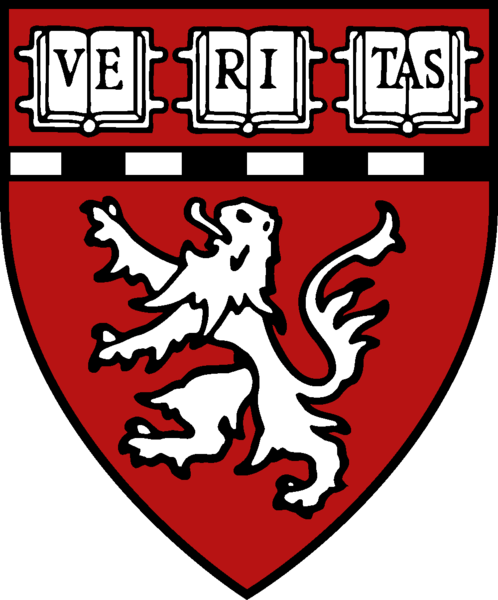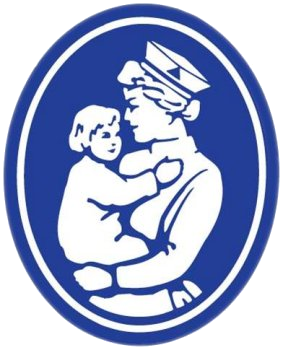


Chapter 9: Matching
object representations in human and monkey IT
Roozbeh Kiani and Nikolaus Kriegeskorte
University of Wahsington (Seattle) and National Institute of Mental Health
Inferior temporal (IT) cortex contains visual object representations at the interface between perception and cognition. Although IT has been intensively studied in monkeys and humans, IT representations of the same objects have never been compared between the species and IT’s role in categorization is not well understood. Here we presented monkeys and humans with the same images of real-world objects and measured the IT response pattern elicited by each image. Two images similar in the monkey-IT representation tend also to be similar in the human-IT representation. Moreover, IT response patterns form category clusters, which match between the species. The clusters correspond to animate and inanimate objects; within the animate objects, faces and bodies form subclusters. Within each category, IT distinguishes individual exemplars and the within-category exemplar similarities also match between monkey and human. Our findings suggest that primate IT across species may host a common code, which combines a categorical and a continuous representation of objects.
Keywords: human, monkey, inferior
temporal cortex, fMRI, cell recording, pattern information, object vision,
categorization